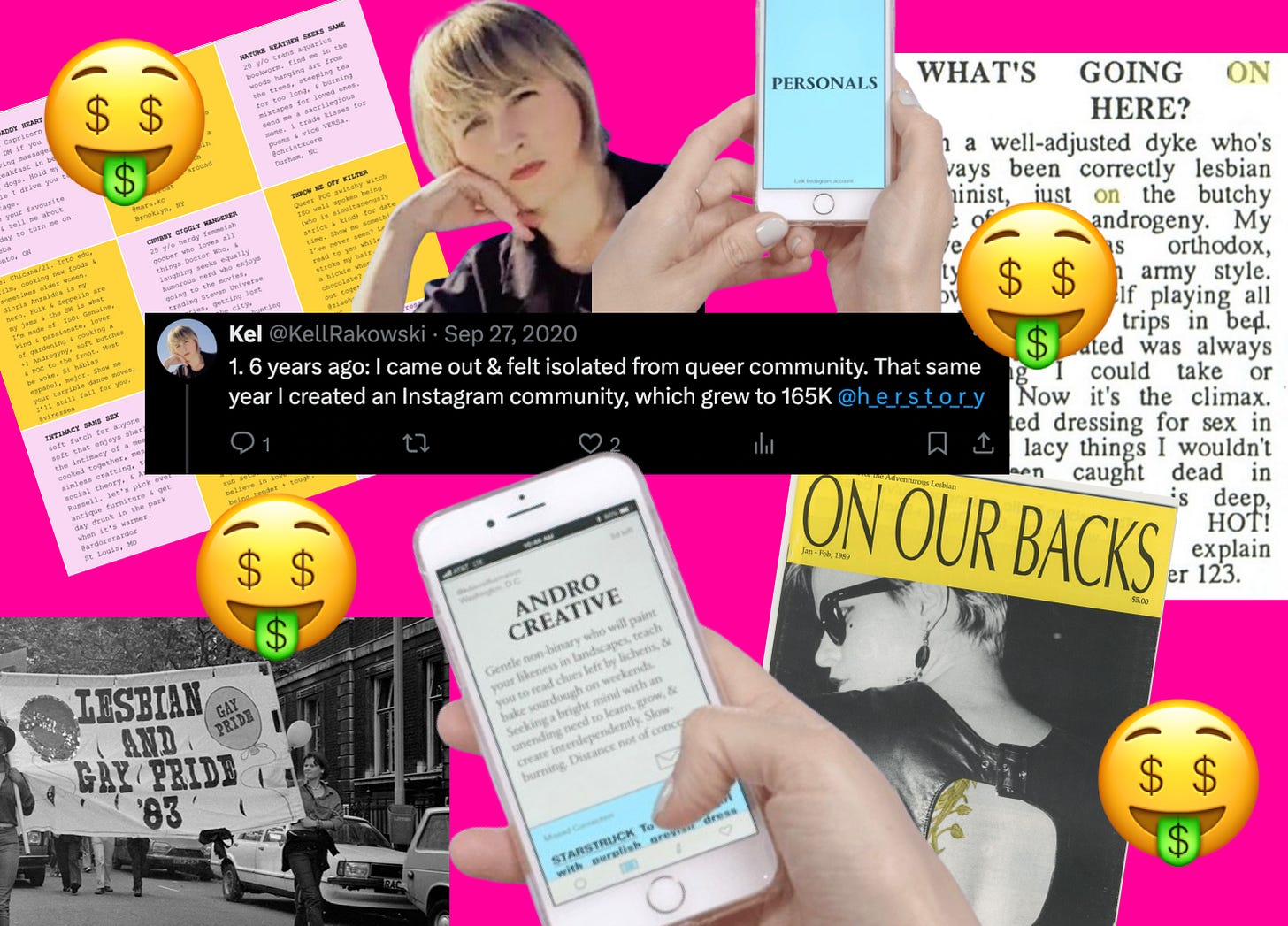
[published Nov 3, 2024 - Read on Substack]
Reposting a 2020 viral tweet

Embrace the late. The past week has been particularly rough, pulling me away from my love of writing this stack. I’ll spare you the details (unless you follow my Notes), but I’m hopeful we’re back on track for this first week of November. My writing is fresh, bold, and inspired—capturing what’s on my mind at the moment. I don’t keep an archive of pre-written content; I write in the moment. This week, I dipped into some of my older, popular posts to find something special to share. So, without further ado, let’s get into it.
When I raised $1.5M in 2020, I was steeped in a sense of shame. I was crossing from my life in the design and art world into the tech and business industry, and it felt foreign, even ‘wrong.’ Most of my friends were artists, and I struggled with how this shift fit into my identity. Only 2% of women receive venture capital for their companies, and as a solo woman founder, that number was even more uncommon [[Harvard Kennedy School](https://www.hks.harvard.edu/centers/wappp/research/past/venture-capital-entrepreneurship#:~:text=Data and research prove that,female founding teams and 10%25.)]. I didn’t post about the raise, didn’t celebrate it publicly, and avoided gloating.
In hindsight, it was probably for the best. The decision to raise venture capital came with both benefits and challenges. At the time, it felt worth it—the chance to take the money, build something meaningful for the queer community, and hire from within that community. But looking back, the cost of taking that money was significant, both for me and perhaps for Lex. That was the choice I made, and here we are. For more details on the complexities of that decision, I’ve shared further thoughts here.
In 2020, I shared a viral Twitter thread detailing my journey to raising $1.5M for my app, Lex. Here, I’ve expanded that story with added context and tips to help you navigate your own path.
Six years ago, I came out and felt an immediate disconnect from the queer community around me. That same year, I decided to take action by creating an Instagram account, @h_e_r_s_t_o_r_y, to share all the fascinating queer culture I was discovering. To my surprise, it resonated deeply, and the community quickly grew to 165,000 followers. This account became a touchstone for queer stories and culture, gaining attention from major media outlets and sparking connections worldwide.
One day, while browsing a digital archive, I stumbled upon issues of On Our Backs, a lesbian erotica magazine that thrived in the 1980s and 90s. Each issue featured personal ads—funny, bold, and raw—submitted by its readers. I was struck by how these ads brought people together and realized that this old-school method could be revived for the digital age.
In 2017, I invited the @h_e_r_s_t_o_r_y community to submit their own personals inspired by the magazine. With no budget, I turned to free tools: Google Forms for submissions and Google Docs to format the ads. The simplicity worked. Personal ads flooded in, and the community response was incredible.
Queer people started finding partners, friends, and community through these personals, and the buzz grew. We attracted attention from The New York Times, Wired, Buzzfeed, and more—all without any PR spend. The narrative of connection resonated, proving that press loves love stories.